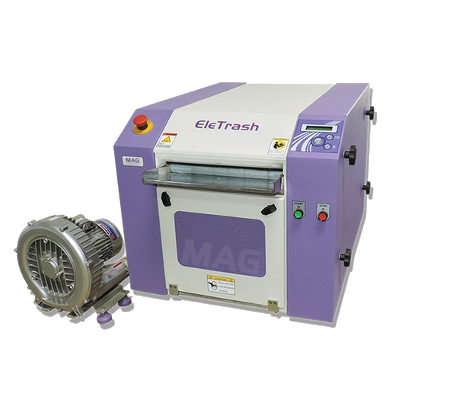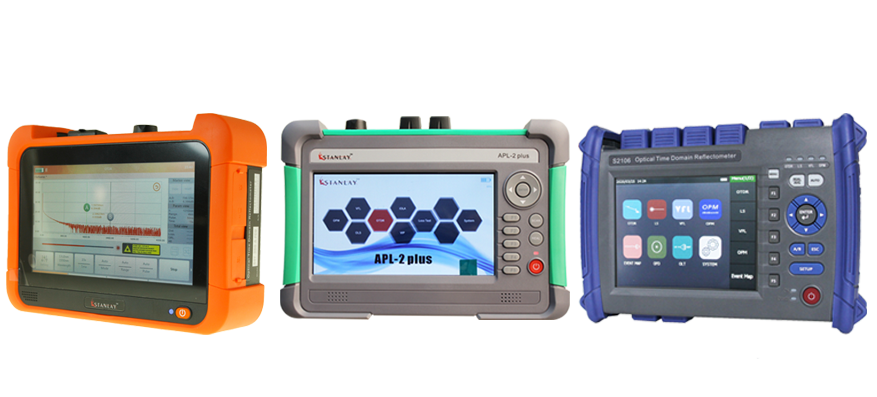All You Need to Understand About Robotic Vision and Its Applications in Advanced Optical Measurement Equipments
Robotic vision represents a significant advancement in the crossway of computer system vision, expert system, and device discovering. This innovation boosts the accuracy of optical dimension systems, making it possible for real-time information analysis and boosted quality assurance. Its effect extends multiple sectors, from producing to healthcare. Nevertheless, the developing landscape of robot vision raises concerns regarding future capabilities and applications (robotic vision). What advancements exist in advance in this transformative field?
Understanding Robotic Vision: Key Concepts and Technologies
Robotic vision incorporates the innovations and methodologies that make it possible for makers to analyze and comprehend visual details from their atmosphere. This area incorporates components of computer vision, synthetic knowledge, and artificial intelligence to assist in computerized decision-making based on visual information. Secret concepts consist of picture handling, which includes the enhancement and analysis of photos to remove significant functions, and things acknowledgment, which enables machines to determine and classify objects within a scene.

The Combination of Robotic Vision With Optical Measurement Solutions
As sectors significantly require precision and efficiency, the integration of robotic vision with optical measurement systems has actually emerged as a transformative approach. This synergy enables robotics to view and analyze their environments, boosting the capacity of optical dimension systems to examine and examine things with unparalleled accuracy. By equipping optical sensors with sophisticated imaging modern technologies, robotic vision enables real-time information collection and processing, helping with instant changes to measurement specifications.
Additionally, the combination equips automated systems to identify variations in dimensions, surface high quality, and placement, which are critical in quality assurance processes. Enhanced formulas, such as artificial intelligence, more enhance this integration by enhancing the systems' capacity to adapt to different atmospheres and scenarios. The assimilation not just simplifies dimension procedures but also reduces mistakes, making sure that products satisfy rigid industry standards, consequently strengthening the duty of robotic vision in the future of optical dimension systems.
Applications of Robotic Vision in Production
In modern production environments, using vision systems has changed manufacturing procedures by making it possible for makers to carry out jobs with remarkable accuracy and rate. Robotic vision systems are increasingly utilized for quality assurance, where they evaluate products for issues and assurance adherence to requirements. These systems use cams and progressed algorithms to examine products in real-time, considerably decreasing the danger of human mistake.
Additionally, robotic vision assists in automation in setting up lines, allowing robots to precisely identify components and construct them with minimal downtime. This technology also boosts stock administration, as vision systems can keep track of supply levels and spot discrepancies, guaranteeing a smooth supply chain.
Robotic vision help in the application of smart manufacturing facilities, where data from vision systems can be integrated with various other innovations to maximize process (optical fibre diameter analyser). Overall, the applications of robotic vision in producing demonstrate its vital Visit This Link role in boosting efficiency, high quality, and performance across numerous industries
Robotic Vision in Medical Care: Changing Person Care

In recovery, robot vision help in checking client development and tailoring therapy sessions to individual demands. It sustains physician by automating jobs such as data collection and patient surveillance, permitting for even more time to concentrate on straight individual communication. In addition, robotic vision enhances telemedicine by making it possible for remote medical diagnosis and virtual assessments, bridging the void in between clients and medical care service providers. In general, the application of robotic vision in healthcare is transforming patient treatment, resulting in improved end results, effectiveness, and person satisfaction.
Future Patterns and Developments in Robotic Vision Modern Technology
The fast development of robotic vision innovation assures to additionally boost its applications across numerous sectors, including medical care. Future patterns show a considerable shift in the direction of including synthetic knowledge and artificial intelligence, enabling systems to pick up from vast datasets and enhance precision in time. Boosted sensing unit innovations and deep discovering formulas are expected to fine-tune things acknowledgment abilities, allowing robotics to translate complicated environments better.

Furthermore, the assimilation of augmented reality (AR) with robotic vision will likely revolutionize how robots help in operations and diagnostics. This harmony will certainly facilitate real-time information visualization, enhancing decision-making procedures. Furthermore, miniaturization of parts will view publisher site certainly bring about even more portable and functional robot vision systems ideal for a selection of jobs. As these advancements unfold, markets will witness enhanced automation and efficiency, strengthening robot vision as a keystone of cutting-edge technical options.
Regularly Asked Inquiries
What Are the Key Elements of a Robot Vision System?
The primary components of a robot vision system consist of electronic cameras for image capture, processors for information analysis, algorithms for analysis, and actuators for activity. With each other, these aspects allow robots to perceive and engage with their environment successfully.
How Does Robotic Vision Improve Precision in Measurements?
Robotic vision improves measurement accuracy by making use of advanced imaging modern technologies, enabling exact object detection and spatial evaluation. This ability reduces human error, boosts repeatability, and enables real-time modifications, inevitably improving general dimension dependability and efficiency.
What Industries Advantage Many From Robotic Vision Modern Technology?
Different sectors benefit considerably from robotic vision modern technology, consisting of manufacturing, healthcare, agriculture, and logistics. These industries utilize improved accuracy, efficiency, and automation, leading to improved efficiency and lowered operational expenses in their corresponding procedures.
Can Robotic Vision Equipments Operate In Low-Light Issues?
Robotic vision systems can without a doubt operate in low-light problems, making use of advanced sensors and algorithms to improve picture quality. This capacity allows them to execute efficiently in numerous settings, consisting of commercial and surveillance applications, despite having marginal get redirected here lighting.
What Are the Prices Linked With Implementing Robotic Vision?
The costs associated with executing robotic vision vary considerably, affected by elements such as cams, software program, and combination. Extra costs include maintenance, training personnel, and possible upgrades to existing systems, which can collect in time.